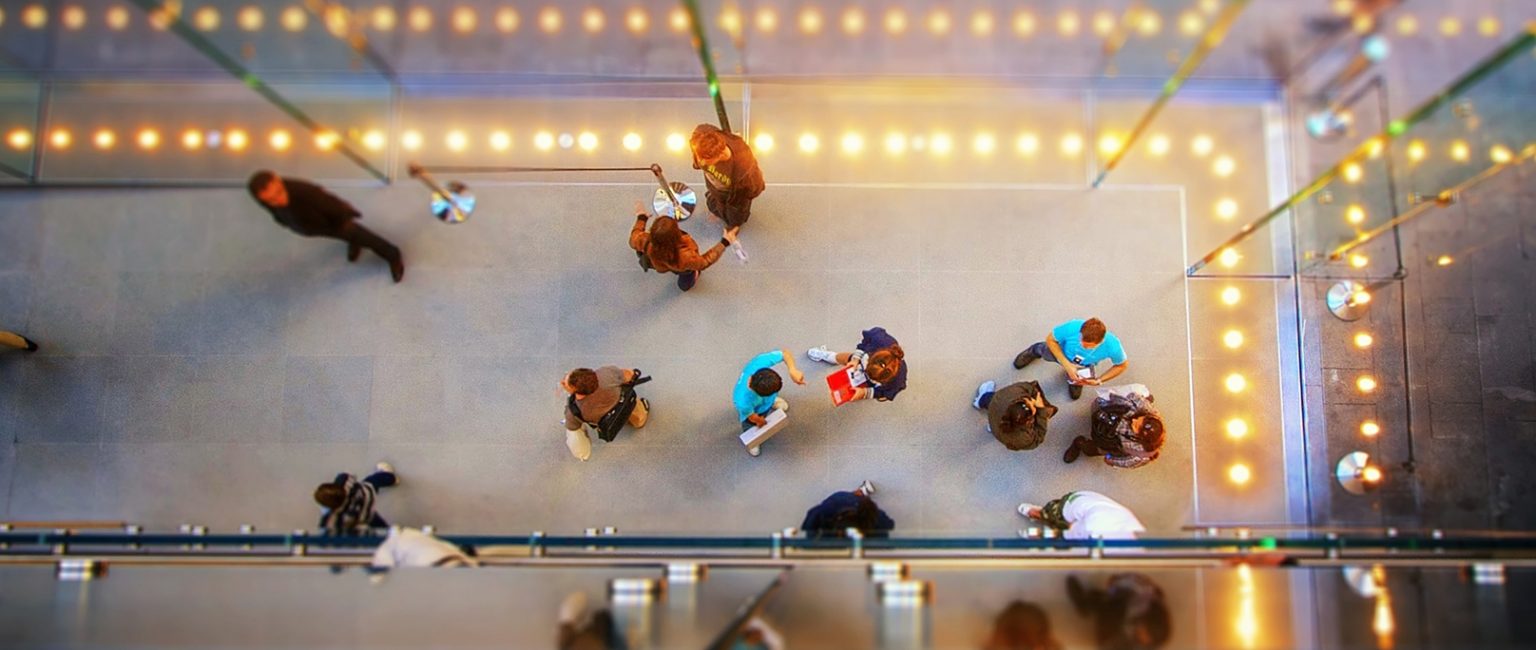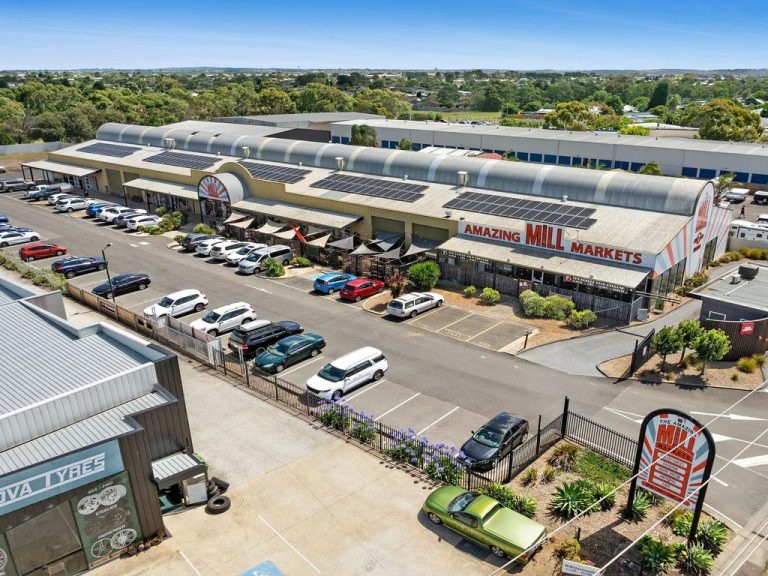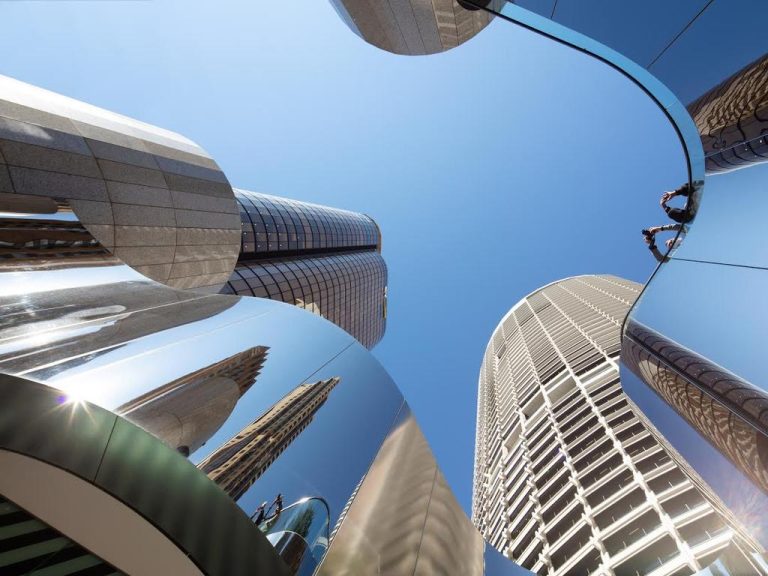The grand old business of retail sure ain’t what it used to be

With the rise and rise of online shopping and demand for “convenience and experience”, the retail sector across Australia is undergoing significant change.
Finn Trembath, associate director for research and consulting services at Knight Frank Victoria, says the shift is being seen both in the bottom line – data shows retail turnover growth has slowed and CBD vacancy rates increased in recent years – but also on a “deeper behavioural level”.
He says shoppers are flocking online, where prices are more competitive, because they have less discretionary income thanks to “slow wage growth, the escalating cost of utilities and higher mortgage repayments”.
Commercial Insights: Subscribe to receive the latest news and updates
“This is resulting in a gradual erosion of bricks and mortar market share to e-commerce, which looks set to continue,” Trembath says. At present, the market share for online is eight per cent. In the UK, it’s 18 per cent.
But it’s not just late-night web browsing to blame for retail’s woes. Trembath says an “insatiable hunger for convenience and the rise of the experience economy” are also playing a major role.
“Convenience is intertwined with e-commerce; the appeal of online shopping is rooted in its convenience. From the comfort of your own home, you can browse online, find the best prices, click and pay, have goods delivered and even send the goods back,” Trembath says.
While there’ll always be a delay in receiving goods bought online, online retailers are working hard to speed-up deliveries.
Next is the modern-day desire for “experiences”, which research shows millennials – who together with their Gen Z counterparts now outnumber Baby Boomers three-to-one – prefer to spend on.
“While numerous theories abound as to why this is happening, the recent proliferation of food and beverage retailing, at the expense of clothing/footwear/accessories retailing, provides hard evidence of this profound shift in attitudes,” Trembath says.
It’s being seen in the tenancy mix along prime suburban retail strips across the country and reflected in Knight Frank research, he says.
In Melbourne for example, the percentage of food and beverage retail on such strips has risen in the last few years, from 27.8 per cent to 29.1 per cent. Clothing/footwear/accessories retailing has declined, from 25.6 per cent to 21.6 per cent.
ABS data reveals “as a percentage of all retail turnover, clothing/footwear/personal retailing has declined in the last decade” too, from 9.6 per cent to 8.2 per cent, whereas café/restaurant retailing has increased to 8.3 per cent, from 7.8 per cent.
To adapt, traditional retailers need to ensure their in-store shopping experience is as convenient as possible, Trembath says. They also need to use their physical store presence to offer experiences that engage and connect with shoppers.
In both Melbourne and Sydney, many major brands are adapting their approach to reflect changing consumer behaviour. “These retailers tend to be situated in high-traffic, trendy, trophy locations in the CBD and city fringe areas, and often display a willingness to reinvent the rules that have historically governed retail store design and format.”
Sportsgirl is a case in point. At its flagship store in Melbourne’s Bourke Street Mall, the fashion retailer has opened an in-store “braid bar”, which gives shoppers the chance to give their “locks a fresh look”. At the other end of town, Mercedes-Benz has teamed up with café chain St Ali to open up a concept store at the famous Rialto building.
In Sydney, a proliferation of “pop-up” stores in prime locations are being used by retailers to offer experience and convenience as Christmas approaches.
According to Trembath, anecdotal evidence shows leasing agents prefer to focus on those retailers whose business is inherently more experiential in nature and necessitates a physical presence, such as food and beverage and nail and beauty retailers.







